The Impasto painting technique
Where a great deal of paint is welcomed and encouraged.
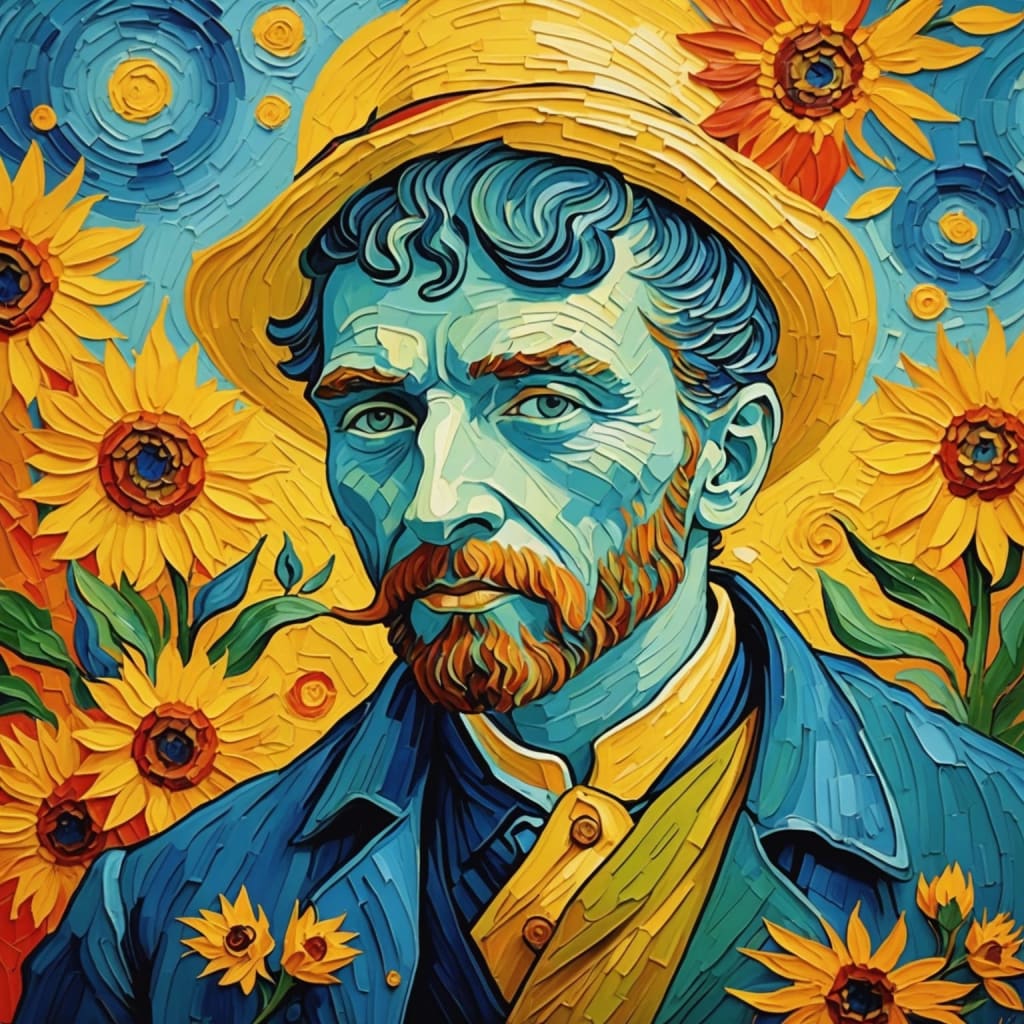
I recently learned of the Impasto painting technique in art. The word impasto is Italian in origin; in which it means "dough" or "mixture"; and impastare, "to knead", or "to paste". Italian usage of impasto includes both a painting and a potting technique. The root noun of impasto is pasta, meaning "paste".
Impasto gives texture to the painting, meaning it can be used instead of the more flat, smooth, or blended painting styles.
The intended style
When using this artistic style, paint is laid on the surface very thickly, and repeated often enough that the brush or painting-knife strokes are visible. The technique style dates back to the Renaissance era and was used by Italian artists. It’s believed that Giotto di Bondone was one of the first to use the impasto technique during his work on the Scrovegni Chapel in Padua, Italy, in the early 14th century.
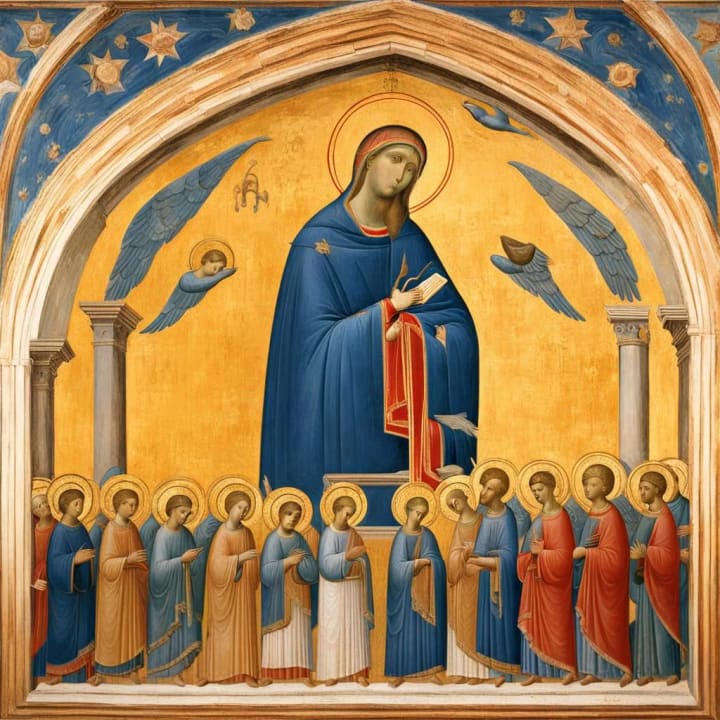
Many famous artists have since employed the technique, including Rembrandt, Titian, and Vermeer, to add texture and depth to their paintings. However, Vincent van Gogh is often credited with pioneering a whole new approach to impasto, using it not just for texture but also to convey emotion and movement in his works.
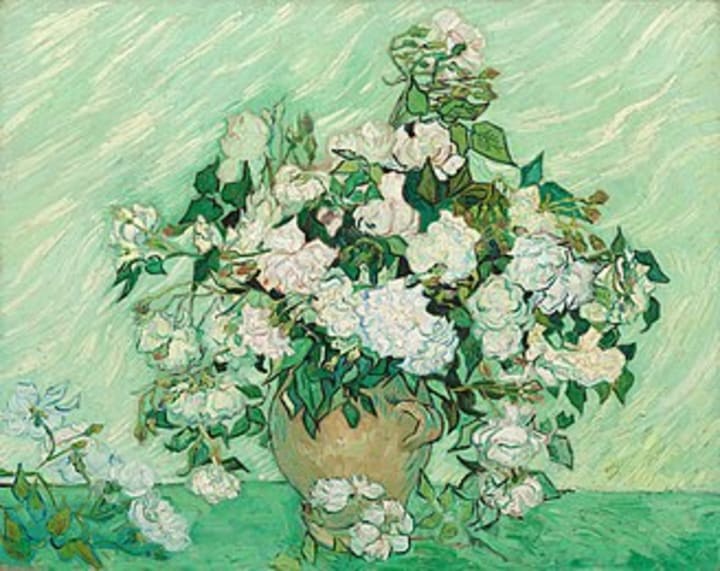
Here are some famous paintings that prominently feature the impasto technique:
Water Lilies (1920-26) by Claude Monet - A series of 250 oil paintings capturing the beauty of the lily pond at Monet’s home, with ‘The Water Lilies" – The Clouds being particularly breathtaking.
Crags and Crevices (1960) by Jane Frank - An abstract expressionist work that uses impasto to depict a rugged landscape with a sense of depth and texture.
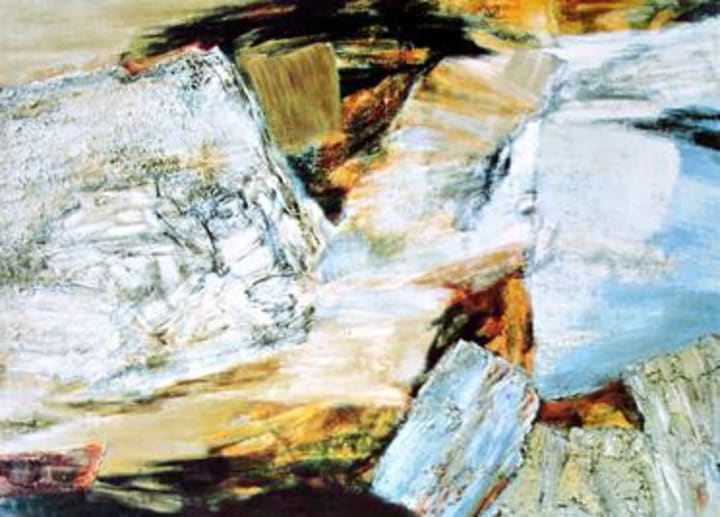
Vase with Pink Roses (1890) by Vincent van Gogh - This painting is one of van Gogh’s more optimistic works, using short wavy brushstrokes filled with a lime green background.
Starry Night Over the Rhone by Vincent Van Gogh - A masterpiece that captures the night sky with swirling impasto brushstrokes.
Self Portrait by Rembrandt - Rembrandt used impasto to give a realistic texture to skin and fabrics in his self-portraits.
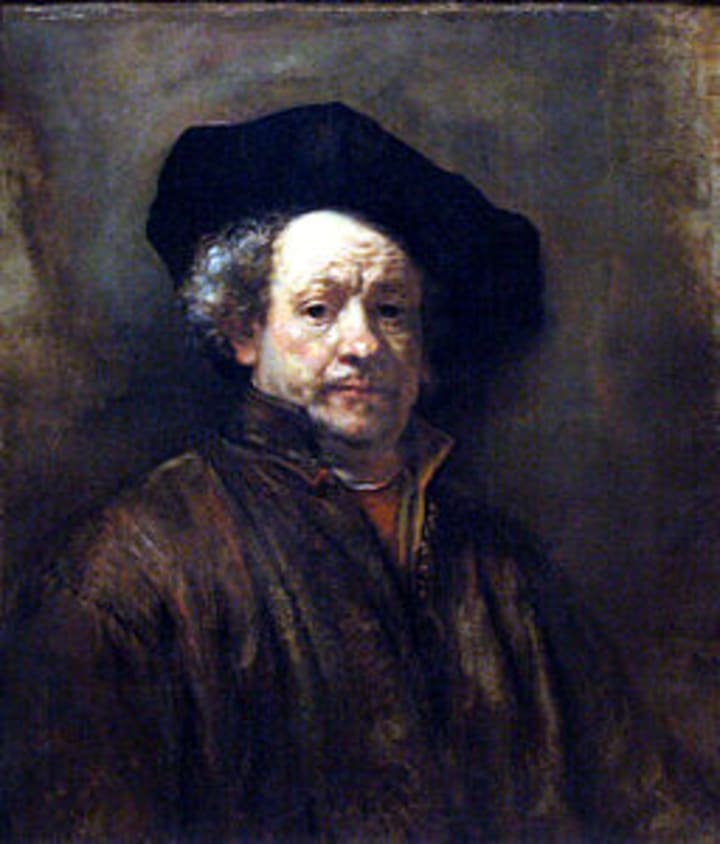
These paintings are just a few examples where impasto adds a unique dimension, allowing the artists to play with light and shadow to create a tactile sense of reality on the canvas.
Oil paint is the traditional medium for impasto painting, due to its thick consistency and slow drying time. Acrylic paint can also be used for impasto by adding heavy body acrylic gels. Impasto is generally not used in watercolor or tempera without the addition of thickening agent due to the inherent thinness of these media. An artist working in pastels can produce a limited impasto effect by pressing a soft pastel firmly against the paper.
Tempera, also known as egg tempera, is a permanent, fast-drying painting medium consisting of pigments mixed with a water-soluble binder medium, usually glutinous material such as egg.
The impasto technique serves several purposes.
1. It makes the light reflect in a particular way, giving the artist additional control over the play of light in the painting.
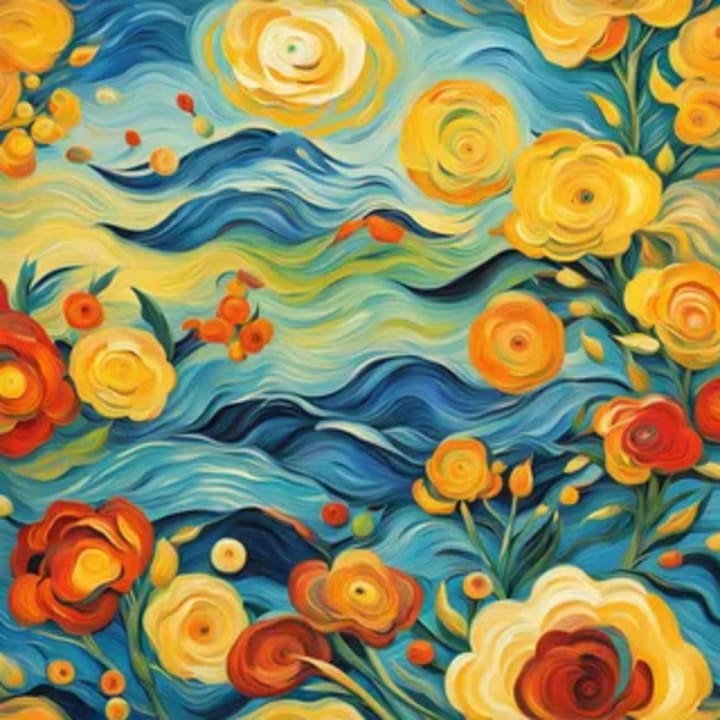
2. It can add expressiveness to the painting, with the viewer being able to notice the strength and speed by which the artist applied the paint.

3. Impasto can push a piece from a painting to a three-dimensional sculptural rendering. The first objective was originally sought by masters such as Rembrandt, Titian, and Vermeer, to represent folds in clothes or jewels: it was then juxtaposed with a more delicate painting style. Much later, the French Impressionists created pieces covering entire canvases with rich impasto textures. Vincent van Gogh used it frequently for aesthetics and expression. Abstract expressionists also made extensive use of it, motivated in part by a desire to create paintings which dramatically record the action of painting itself. Still more recently, Frank Auerbach has used such heavy impasto that some of his paintings become nearly three-dimensional.
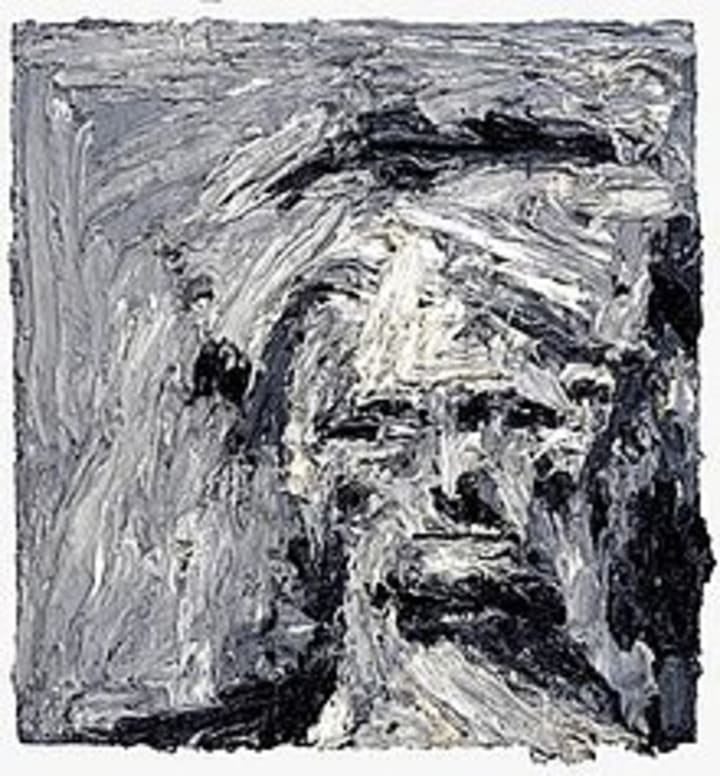

Impasto became more popular during the Renaissance when artists like Michelangelo started using impasto for their sculptures and paintings.
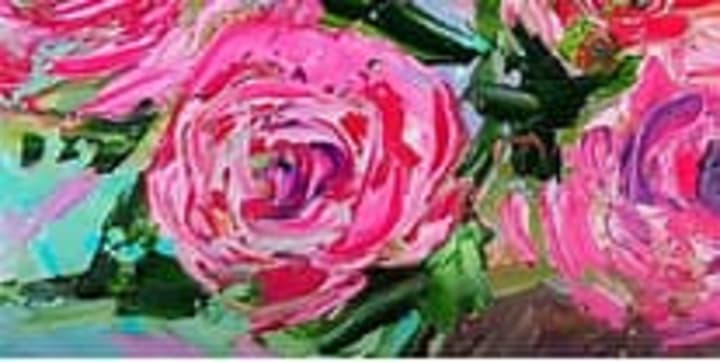
Impasto has evolved and has become more popular with modern painters over the centuries, who use the technique to achieve a variety of visual effects.

The potting technique
Impasto potting is a type of coarse Etruscan pottery. The defining characteristic is that the clay contains chips of mica or stone.
In G.A. Mansuelli's, The Art of Etruria and Early Rome (1964), the term "impasto pottery" is described as, "Ceramic technique characteristic of hand-worked vases. It is usually that of pre-historic times, of the Iron Age or later, made of impure clay with silica content".
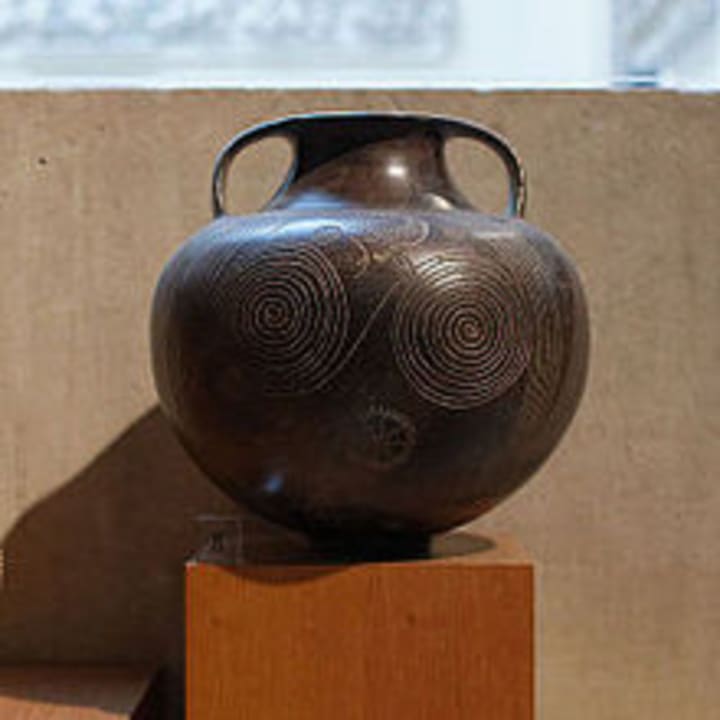
~~~~~~~~~~~~~~~~~~~~~~~~~~~~~~~~~~~~~~~~~~~~~~~~
About the Creator
Novel Allen
Clouds come floating into my life, no longer to carry rain or usher storm, but to add color to my sunset sky. ~~ Rabindranath Tagore~~


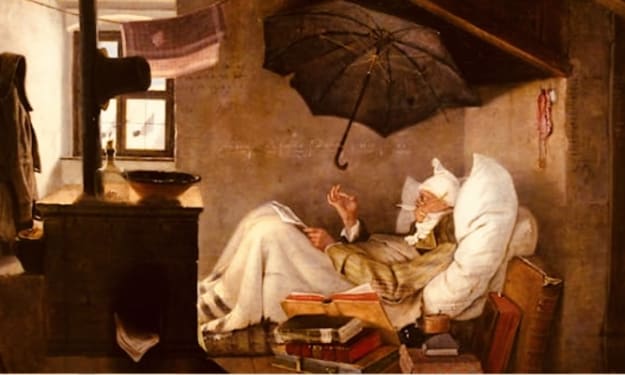



Comments (6)
AI creation paint is very beautiful!
I love this!!
I just keep thinking "but paint is not cheap!"
Any painting technique flatters me. But this is incredibly beautiful and something I haven't seen before! Thanks for sharing this, Novel! 💌
Whoaaaa, you blew my mind with this one! Like I had zero knowledge about this and I truly appreciate the education. Also, not me reading tempera as tempura and making myself hungry hehehehehehe
Great Article. Had no idea about impasto potting. Need to look into that!